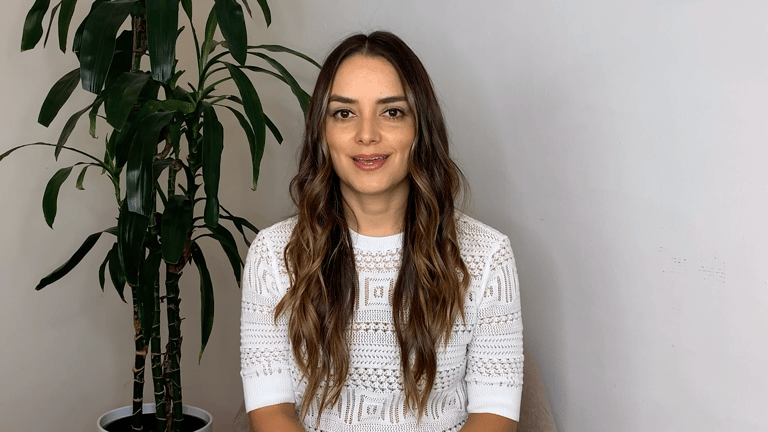
About one-third of adults under age 30 have student loan debt. If you’re struggling with your student debt, I’ll explain how to strategically pay off your student loans.
Let’s start from the top. The type of student loan you have is important when it comes to paying off your debt. There are two main loan types:
Federal Loans: backed by the federal government.
For these types of student loans, the interest accrual is subsidized or unsubsidized. Subsidized means the borrower is not required to pay interest while enrolled in school (the government pays it). Unsubsidized means interest will accumulate while the borrower is enrolled in school, but the individual is not required to pay it until after graduation.
The interest rate on federal student loans is fixed and will remain the same throughout the lifetime of the loan.
Private Loans: backed by private companies.
A private student loan is backed by a lender like a bank, credit union, or private school. In order to apply for this type of student loan, a credit check is required.
In the case of a private student loan, the interest accrual depends on the terms of the loan, but the borrower typically isn’t required to make payments while enrolled in school. Instead, interest will accrue on the loan.
The interest rate on private student loans can be either fixed or variable. These rates are generally higher than federal loans.
Now that we’ve defined the two different types of student loans, let’s dive into how to pay them off.
The best strategy to paying off your student debt is to start early. Even if your loan is unsubsidized - meaning you’re not required to make interest payments until after graduation - it’s financially savvy to start making small payments while enrolled in school.
Why?
As you continue to make payments while you’re in school, when you graduate, the principal — or the original balance — will be much lower. This means you will end up paying much less in the end.
From there, review the interest rate of your student loans and consider refinancing your loan. Refinancing your loan means taking on a new loan with a private lender to repay your existing loans. This gives you the opportunity to secure a lower interest rate.
Why is this a good idea?
There are a few key benefits to refinancing student loans. Most importantly, with a lower interest rate, you can make a lower monthly payment, freeing up cash for other expenses. This will also enable you to pay off your loan faster, saving you money in interest payments. Finally, a lower monthly payment decreases your debt-to-income ratio, which can make it easier to qualify for future financial decisions, like a mortgage.
The refinancing option is usually only applicable to private student loans. There may be refinance options offered through your credit union, bank, or even institutions like SoFi and Gradifi. Confirm the details of the refinance loan and review it against your budget to ensure these new monthly payments are doable, given everything else you are working on.
Now, federal student loans may be eligible for forgiveness through a program. For example, public service, non-profit, or a teacher loan forgiveness programs forgive the debt owed by professionals for choosing to pursue a certain profession.
Finally, stay the course. In some cases, people pay off their loans in five years; while in other cases, it can take two decades to pay off student loans. It can be a balancing act of paying off debt, while continuing to save for your financial future so having an expert, like a financial planner, to help you create the right game plan to tackle all your financial goals can be extremely helpful.
To learn more about student loans and financial wellness, checkout more resources on Learn.
About Learn
Financial advice for real people, by real people. You shouldn't need a degree to understand your money. Join Head of Education, Brittney Castro and Altruist mentors as they break down financial tips and strategies in a real way to help you finally understand how to achieve your financial goals faster.

